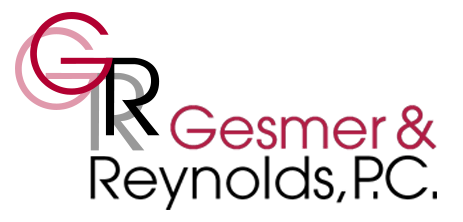Healthcare workers suffer from musculoskeletal injuries at much higher rates than people in other professions. In 2017, nursing assistants, for example, experienced an incidence rate of 166.3 per 10,000 workers, which is over five times the average for all workers.
Why do nursing assistants, specifically, suffer from musculoskeletal injuries? They and other lower-level healthcare workers are responsible for handling, transferring and repositioning patients. This generally involves a combination of heavy manual labor and extremely awkward postures.
For example, high-risk patient handling activities include:
- Transferring patients from a chair into a bed
- Transferring patients from a toilet to a chair
- Transferring patients from a bathtub to a chair
- Repositioning patients from side to side in bed
- Lifting a patient who is in a bed
- Repositioning a patient who is in a chair
- Making a bed with a patient in it
While the most common injuries are strains and sprains, many nursing assistants and other healthcare workers are injured more severely. According to the Occupational Safety and Health Administration (OSHA), 20% of all nurses who leave direct patient care do so because they are concerned about the risks. The costs associated with healthcare worker back injuries reach an estimated $20 billion annually.
The dangers of patient handling have only grown more serious with the obesity epidemic in the United States. As more and more patients reach the point where it’s no longer easy for one person to move them, it has become apparent to OSHA that healthcare workers must rely on technology to safely move and reposition patients.
There are many patient transfer, repositioning and lifting devices available, but it all starts with a safety plan. Hospitals, clinics, home health agencies and others should discuss the principles of safe patient handling with workers and patients alike. The plan should reduce or eliminate the need for manual lifting to the extent possible and, where it is not possible, the plan should provide the appropriate mechanical supports, such as mechanical wheelchairs or other lifting devices.
Obtaining the right kind of assistive equipment that is convenient and accessible will take some investment on the part of healthcare facilities. However, with the immense risk of musculoskeletal injury for healthcare workers, that investment will be rewarded in fewer sick days, fewer disability claims and less workers leaving the industry.
If you have been injured while handling patients, you should explore workers’ compensation
In the vast majority of cases, people who have been injured on the job are entitled to workers’ compensation regardless of whether their employer was at fault in their injury. It’s important to report your injury right away and get started on a claim.


